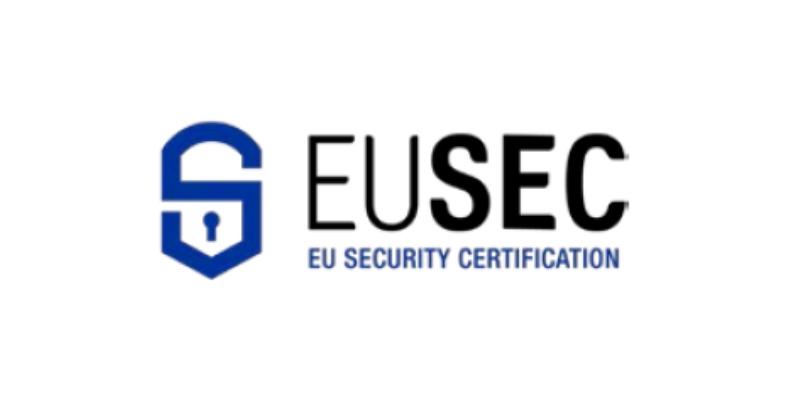
EU-SEC - The European Security Certification Framework

Date:
01/01/2017 to 31/12/2019
Introduction
In recent years the ICT market has evolved toward a cloud-based approach. This shift together with the rapidly changing legal and regulatory landscape has heavily impacted security assurance, governance and compliance. The information security market players have tried to provide suitable solutions to cope with issues such as
- lack of means to provide higher level of assurance (e.g continuous monitoring and auditing),
- privacy not adequately taken into account,
- limited transparency and
- lack of means to streamline risk management and compliance.
In the certification space this has resulted in the creation of several schemas creating an additional problem, i.e. the proliferation of certification scheme. The project EU-SEC will improve the effectiveness and efficiency of existing approaches for assurance and compliance. The EU-SEC aims to create a framework under which existing, certification and assurance approaches can co-exist.
The three core ideas behind the EU-SEC project are that an effective and efficient approach to trust, assurance and compliance has to:
- balance the need of nations and business sectors to develop their specific certification schemas with the need of CSPs to reduce compliance costs
- avoid that humans (auditors) do activities that can be performed by machines (e.g. collecting data)
- make sure that accurate and reliable evidences/information are provided to relevant people, in a timely fashion, leveraging as much as possible automatic means.
The EU-SEC framework will equip stakeholders in the ICT security ecosystem with a validated governance structure, a reference architecture, and the corresponding set of tools to improve the efficiency and effectiveness of their current approach to security governance, risks management, assurance and compliance. The EU-SEC aims to enhancing trustworthiness and transparency in the ICT supply chain through business cases developed and piloted by industrial partners.
Week:
Friday, 23 March, 2018
News
On the event of the adoption of the draft regulation laying down measures for a high common level of cybersecurity at the institutions, bodies, offices and agencies of the Union, the AI4HealthSec project kicked off a process to provide its opinion.
Resources for EU Research
Resources for SMEs
News & Events
Reports
Cyberwatching.eu has received funding from the European Union’s Horizon 2020 research and innovation programme under grant agreement No 740129. The content of this website does not represent the opinion of the European Commission, and the European Commission is not responsible for any use that might be made of such content. Privacy Policy | Disclaimer / Terms and Conditions of Use
